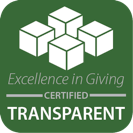Updated July 2024
Earlier this summer, the Secretary of State released the latest iteration of the annual TIP report. This document is a wealth of information for any involved in the fight against human trafficking, packed with meticulously-researched data and insightful discussions from survivors.
And beyond simple information, there’s a rating system that can cost countries millions of dollars if their efforts to combat human trafficking don’t meet the rating system’s standards.
But what is the TIP report, and why do the ratings matter?
Facing a new problem
When the Soviet Union collapsed in 1991, the resulting humanitarian crisis drove world leaders to take action. Millions of people were displaced, hunger was rampant, and leaders were forced to take a closer look at international crime.
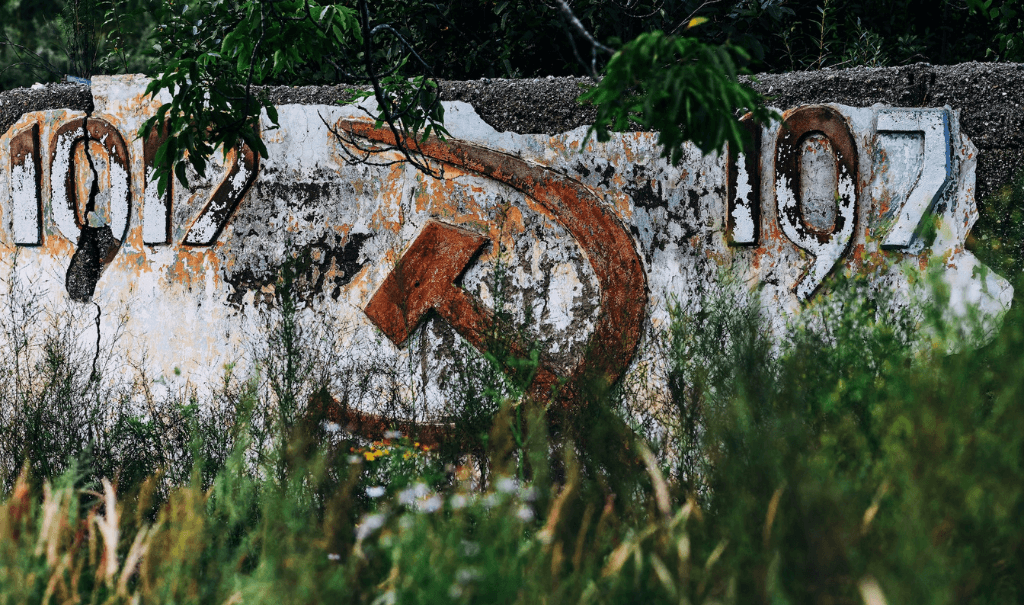
The resultant surge in crime that crossed national boundaries led the United Nations to adopt what became known as the “Palermo Protocol” in 2000. This new resolution specifically targeted transnational crime, including human trafficking. That same year, the U.S. passed the Trafficking Victims Protection Act (TVPA) to develop guidelines and procedures against commercial human trafficking. The TVPA was the first-ever comprehensive law to take on human trafficking. Besides offering protections and grants to victims, the TVPA set a gold standard, a three-pronged approach to eradicating human trafficking at every level: prevention, protection and prosecution.
What does TIP stand for?
The TVPA needed a system to understand the human trafficking situations around the world and a way to categorize each government’s efforts to combat the problem. To that end, each year, the Secretary of State is required to release the annual Trafficking in Persons (TIP) report.
The annual TIP report is the result of months of exhaustive investigation into nations all across the globe. This document is an unparalleled exploration of what specific trafficking problems each country faces. Aside from the international ranking system, the TIP report is an invaluable, information-rich tool for nonprofits and concerned citizens who want to understand the problem better.
For example, this year’s report specifically discussed the role of technology in human trafficking on both sides of the problem. Traffickers have incorporated various technologies into their reprehensible trade and are using the internet to broaden both their audience and victim bases. In response, the TIP report called on governments and tech leaders to bolster their protections for vulnerable populations and discussed ways NGOs are incorporating technologies to fight human trafficking. Destiny Rescue made huge strides in the OSEC space last year, training police officers in multiple nations and using our cutting-edge Scientia technology suite to rescue over 30 kids from online abuse.
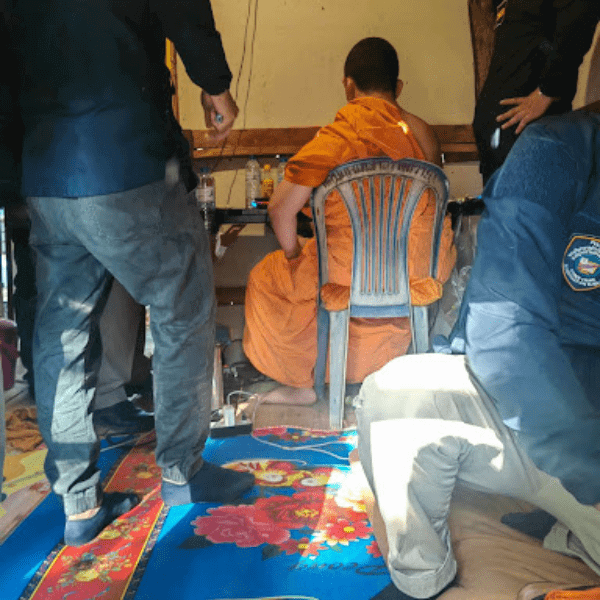
Destiny Rescue partnered with law enforcement to arrest this online trafficker
Ranking governments instead of citizens
But the TIP report provides more than information: its primary goal is to assess how well governments address exploitation within their borders.
Every year, U.S. agents take a deep dive into each government’s efforts (or lack thereof) to combat trafficking in their particular location, investigating the unique problems each nation faces and making recommendations on how they can improve.
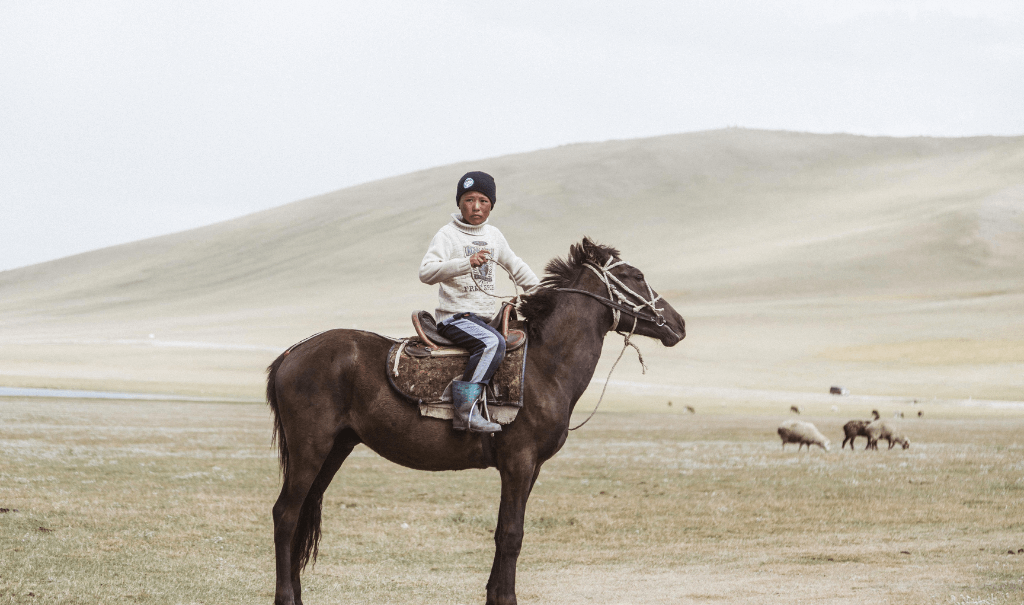
That’s where the rating system comes into play. It’s important to remember that TIP Report system doesn’t rank the state of human trafficking in a particular country. Instead, they rank each nation’s response to the problem.
The three tiers are:
Tier 1 – Nations that achieve this highest level have acknowledged the human trafficking situation in their region and are making active, intentional efforts to address the issue. To make it into the first tier, those efforts must comply with the TVPA’s minimum standards for combating human trafficking.
Tier 2 – Countries in this category recognize their specific human trafficking challenges and are making efforts to combat them but have yet to make the TVPA minimum standard.
Tier 3 – Tier 3 countries have governments that (a) don’t admit that there’s a problem, (b) aren’t making a concerted effort to fight human trafficking or (c) both. In the most corrupt systems, government officials are complicit in the problem.
An Uphill Battle
Nations that incur a third-tier ranking suffer more than just the international shame of the position. A Tier 3 ranking has serious financial consequences for those governments (outside humanitarian relief, of course), including restricting foreign assistance from the International Monetary Fund and World Bank.
Those penalties and bad optics help encourage corrupt or complacent nations to take serious steps in eradicating the world’s most despicable trade.
It’s hard, serious work. Every year, many nations on the TIP report gain or lose rankings based on how they battle trafficking at home. We’re proud of all the countries dedicated to bolstering their fight against this trade.
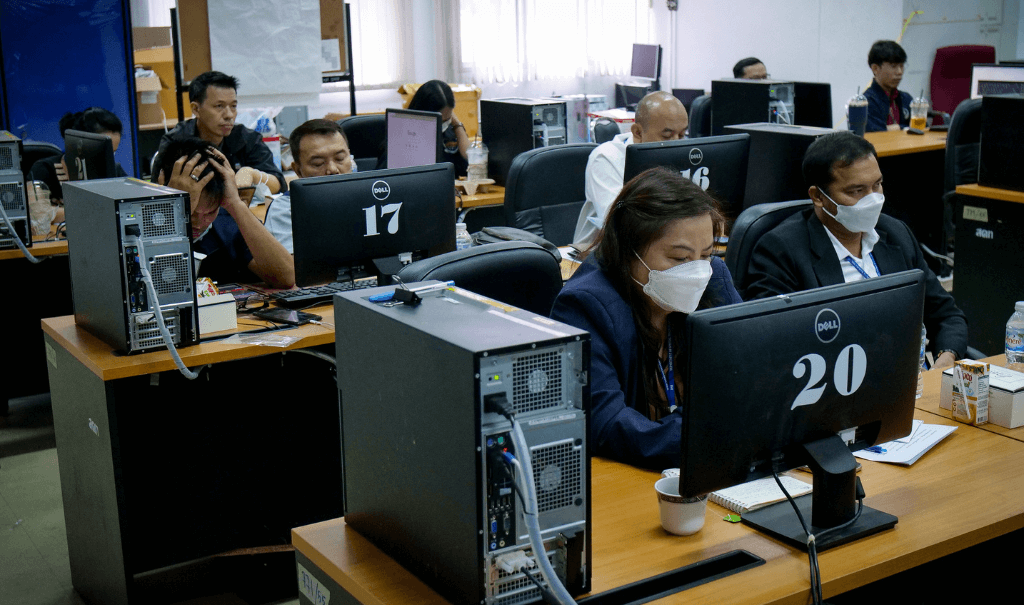
You can read the 2024 TIP Report here.
If you’d like to join our efforts in rescuing kids all over the world, please consider becoming a Rescue Partner. Your monthly gift could mean the difference between freedom and a life of abuse for a suffering child. Complete the form below to get started.
Donate with confidence
Over the last three years, 82% of every dollar we spent was used for programs that benefit the children we defend.
Destiny Rescue is recognized by Guidestar, Charity Navigator, the Better Business Bureau and Excellence in Giving for our commitment to transparency, accountability and financial integrity.
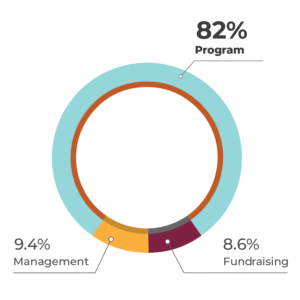


 Australia
Australia New Zealand
New Zealand United Kingdom
United Kingdom

